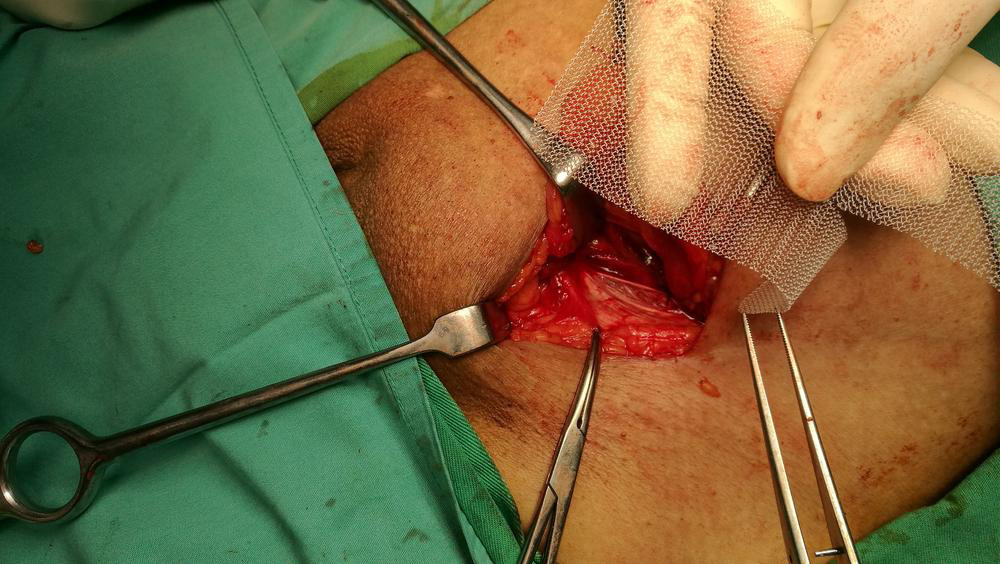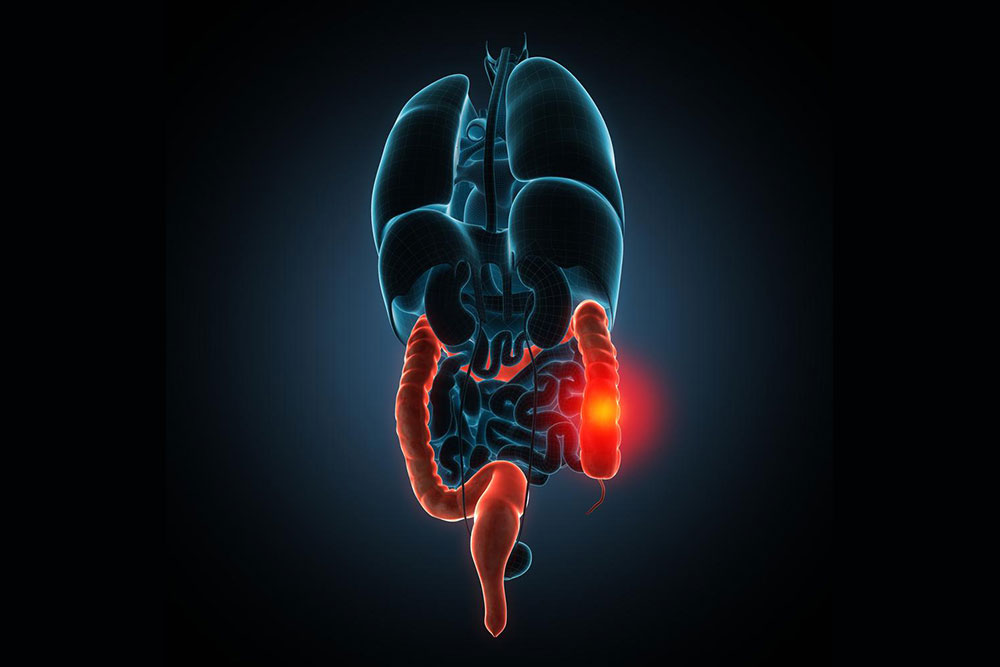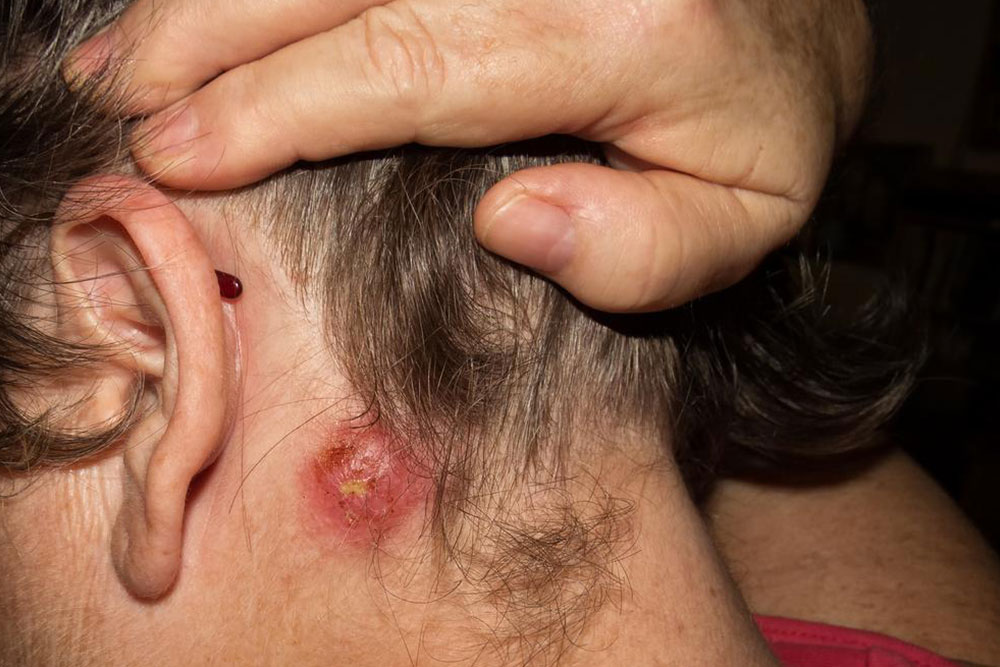Understanding Umbilical and Femoral Hernias: Symptoms and Risks
This article explores the symptoms and risks associated with umbilical and femoral hernias in children and adults. It highlights key signs, causes, and when to seek medical attention. Understanding these hernias helps in early diagnosis and treatment to prevent complications. Both types involve bulges in specific body areas—near the belly button and groin—caused by tissue protrusion through weak spots. Recognizing symptoms like swelling, pain, and discomfort is crucial for timely intervention. The article emphasizes consulting healthcare providers for proper diagnosis and care.

Signs and Symptoms of Umbilical and Femoral Hernias
Umbilical Hernia
This type of hernia occurs when part of the intestines or fatty tissue pushes through a weakness in the abdominal muscles near the umbilicus, causing a visible bulge around the baby’s navel. Many children develop this hernia from birth.
Common signs of an umbilical hernia include:
The bulge appears after the umbilical cord falls off, usually within a few weeks of birth.
A noticeable swelling or lump near the navel.
The main indicator is the visible bulge around the belly button. Sometimes, doctors can gently push the swelling back in.
The swelling is more apparent when the infant stands, coughs, sneezes, strains, cries, or has bowel movements. Though rare, some children may feel abdominal discomfort and occasionally vomit. The hernia may also appear discolored or tender.
Femoral Hernia
This occurs when tissues push through a weak spot in the lower abdominal muscles near the thigh or groin, forming a bulge known as femorocele. It primarily results from strain or conditions like obesity and childbirth.
Many cases go unnoticed, especially if the hernia is small or moderate. Larger hernias may cause discomfort, pain, or worsen with standing or heavy lifting. Severe cases obstructing the intestines show distinct symptoms.
Signs of a femoral hernia include:
Strangulation occurs if the hernia's protruding tissue gets trapped, causing severe pain and risking bowel blockage, which is life-threatening.
Sudden groin pain.
Nausea and vomiting.
Intense hip pain near the hernia site.
Note: Our blog provides comprehensive information across various health topics. While we aim for accurate insights based on research, please consult healthcare professionals for medical advice. We do not guarantee the completeness of all data and disclaim responsibility for external inaccuracies or offers.










